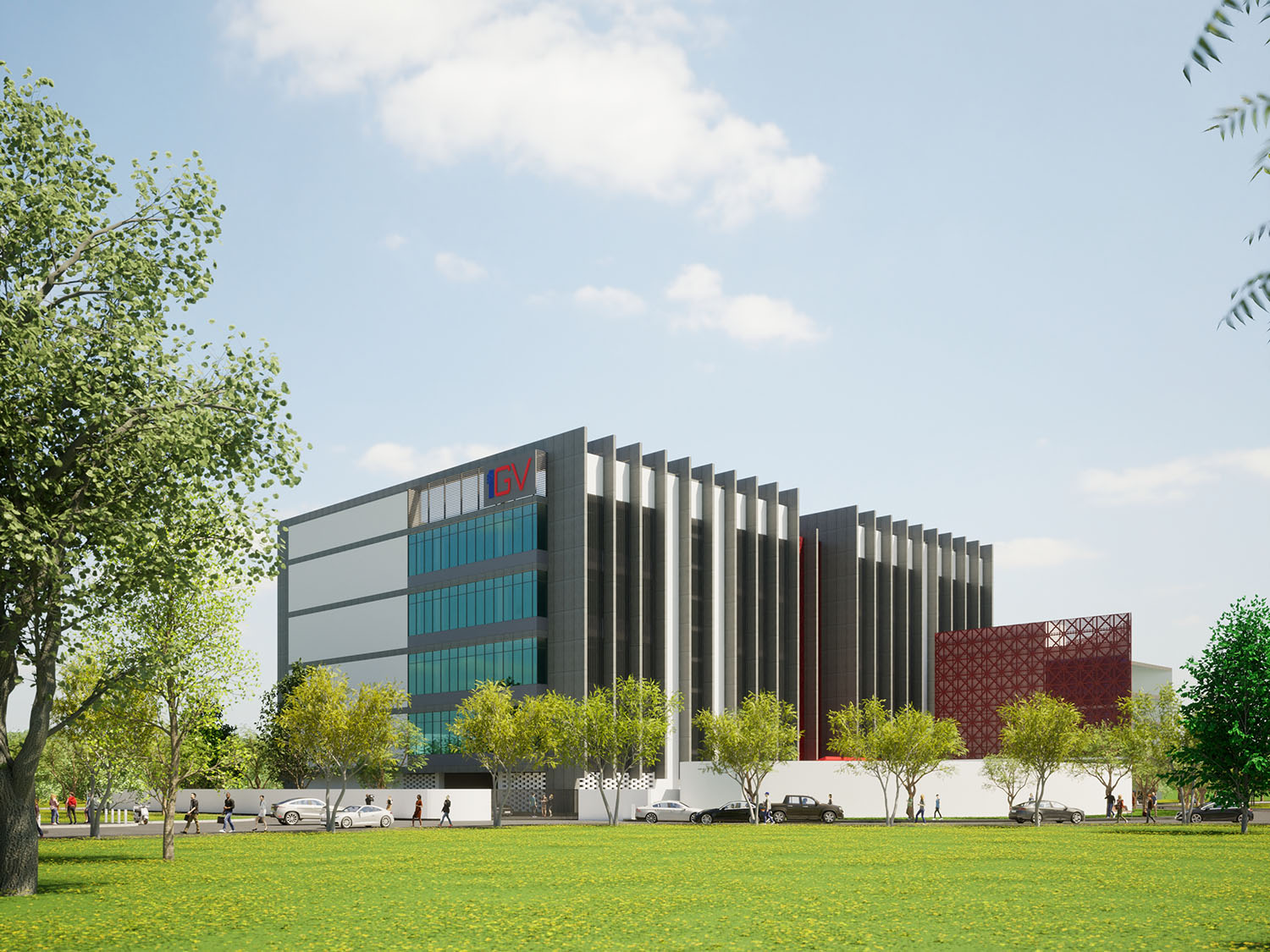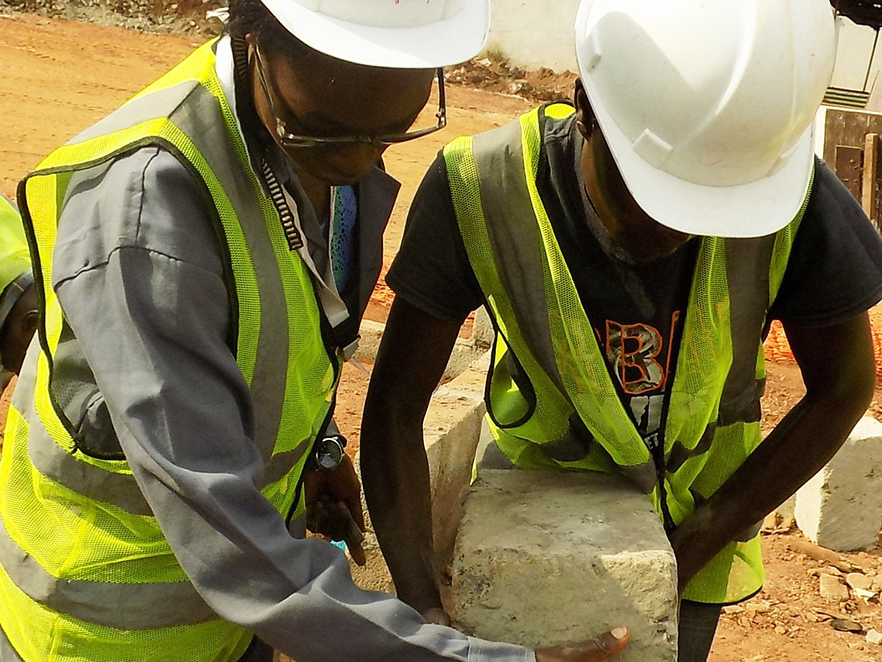Chile is, by growth market standards, a stable economy, rated A1 by Moodys and AA-by S&P. Chile is a part of Latin America in terms by geography but European in most other ways. Whilst nature has placed Chile in the far south of the Americas she has also endowed the country with fabulous mineral wealth on and offshore.
Metals and minerals are over 50% of Chile’s global exports, with fresh fruit (including the on-trend avocado), salmon, pulp and paper also important contributors. Copper demand however, is the major driver of the economy, and Chile’s share of the global copper market is 26%. That means that Chile’s economic performance tends to be governed by the global commodity cycle, and in recent years, demand for the red metal from China in particular. Before the new Pinera government took office in April 2018 Chile had been through a low growth spell with annual GDP growth from 1.3% to 1.5% in 2016 and 2017, due to reduced copper demand from Asia. Strenuous efforts have been made to diversify exposure to copper, and with the global electric vehicle revolution seeing more intense demand for lithium, of which Chile has over 40 per cent of world reserves, the importance of copper should be diluted over time.
The Chilean peso though directionally linked to copper is far less volatile than the metal price. This partly reflects high credibility in Chile’s institutional structures. Crucially for long term investors too is the size of the domestic pension industry with assets equivalent to 72% of 2017 GDP. By contrast the figure for the US is barely higher at 82%. This makes domestic asset managers natural buyers of assets being sold by foreigners, a safety net rarely available in other EM countries. Whilst foreign currency private sector debt appears high at 48% of GDP (EM average is around 20%) almost all is debt held by multi nationals in FDI programs and matched by revenue streams. Domestic banks are profitable well capitalised and well run institutions.
In many respects Chile feels like an attractive place to do business – ranked 26 / 180 by Transparency International in its corruption perceptions index and with strong participation of private enterprise across the economy – the electricity sector was among the first to be liberalized globally in 1983 and is 100% privately owned.
Actis is the 2nd largest renewable investor in Chile, across 3 funds, Actis Energy 3 (the Aela Energia wind platform), Actis Energy 4 (the pan Americas Atlas solar platform) and ALLIF (the Pelicano solar project), with around 600MW of renewable energy assets in construction and operations.
Yet it’s not all wine and avocados. The combination of a remote global location, a highly sophisticated and educated civil society, and a passion for regulation, can still make for some challenges in implementing electricity projects. Regulation is a real factor in many sectors. As an example the Pinera government recently implemented an e-commerce transaction tax on the foreign digital economy including AirBNB, Netflix and Spotify.
What this means for Actis in implementing our energy strategy in Chile, is that we need to understand not just the regulatory environment, but also the institutions that make it a reality. One has to focus on stakeholder engagement at multiple levels, whether at the Ministry of Energy, the distribution companies, the grid operator, the Environmental authorities or the local communities. At the project level this means community investment programmes focused on long term transformational impact through capacity building, entrepreneurship and skills development. Getting these aspects right is what secures a licence to operate and build sustainable value. There is a well-known and somewhat apocryphal story in the Chilean renewable energy market, of another development group with a wind farm project, who failed to engage with the community before they started digging holes for their geotechnical work. The goats of the local farmers fell into the holes, and when the community sought redress from the developers for the loss of their goats, they were offered construction of a golf course. Perhaps not surprisingly, the project has suffered some delays.
Chile has a formidable resource endowment, particularly on the solar side in the Atacama Desert, and the opportunity to migrate its energy sector to achieve its stated policy of 70% renewable by 2050. Recent policy talk has even mooted 100% renewable, including hydro, by 2040, which really would be a highpoint of the global renewable energy revolution.
Chile stands out within Latin America and the growth market universe as a stable place to make long term investments. Whilst this is a well known story and in consequence often reflected in the relative price of investment opportunities such stability provides effective diversification for long term investing.





